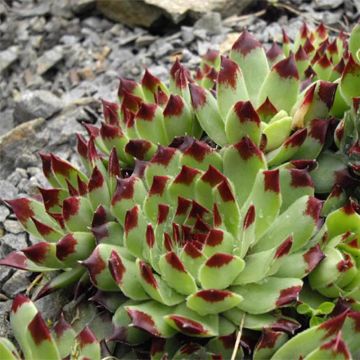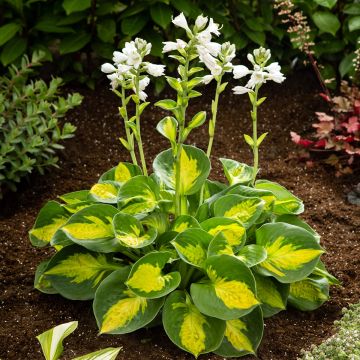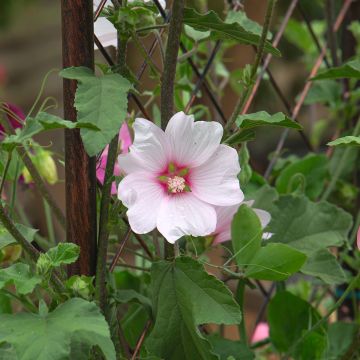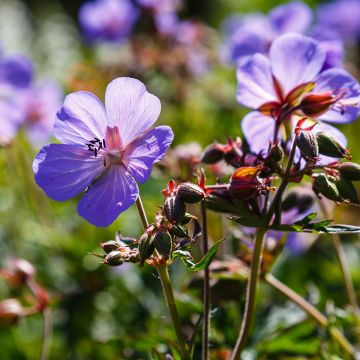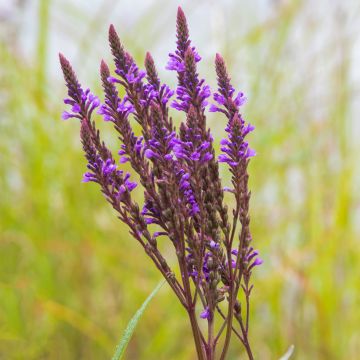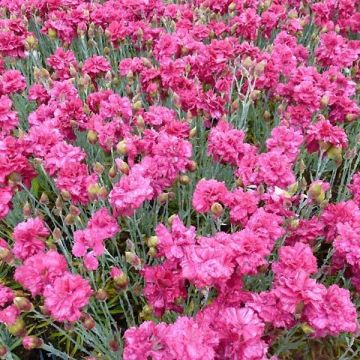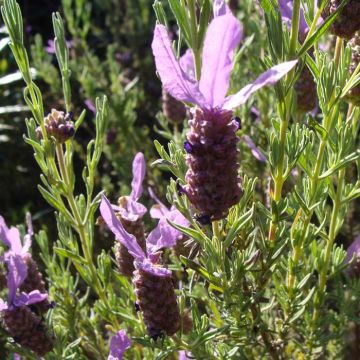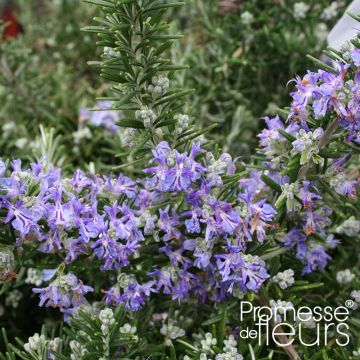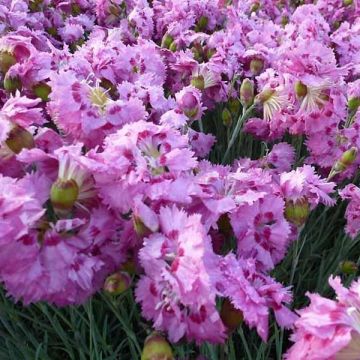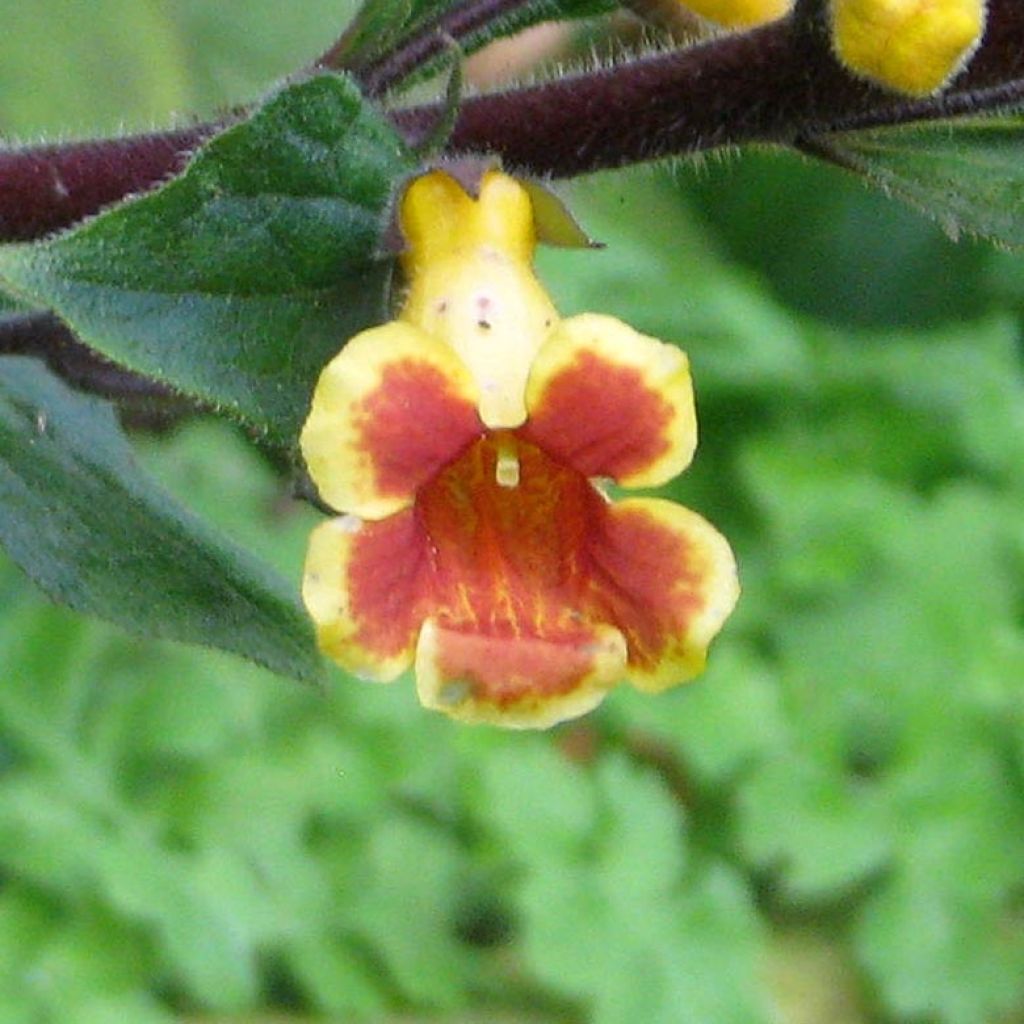

Titanotrichum oldhamii
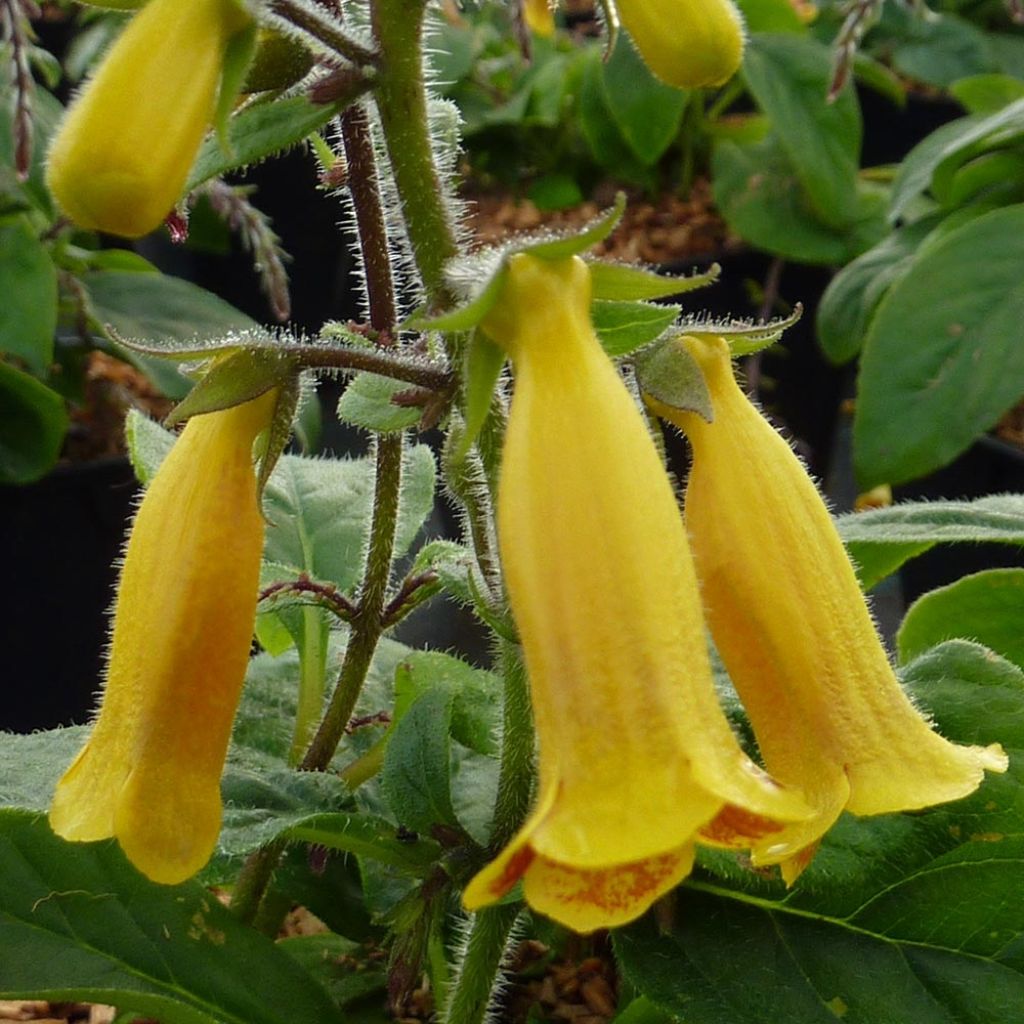

Titanotrichum oldhamii
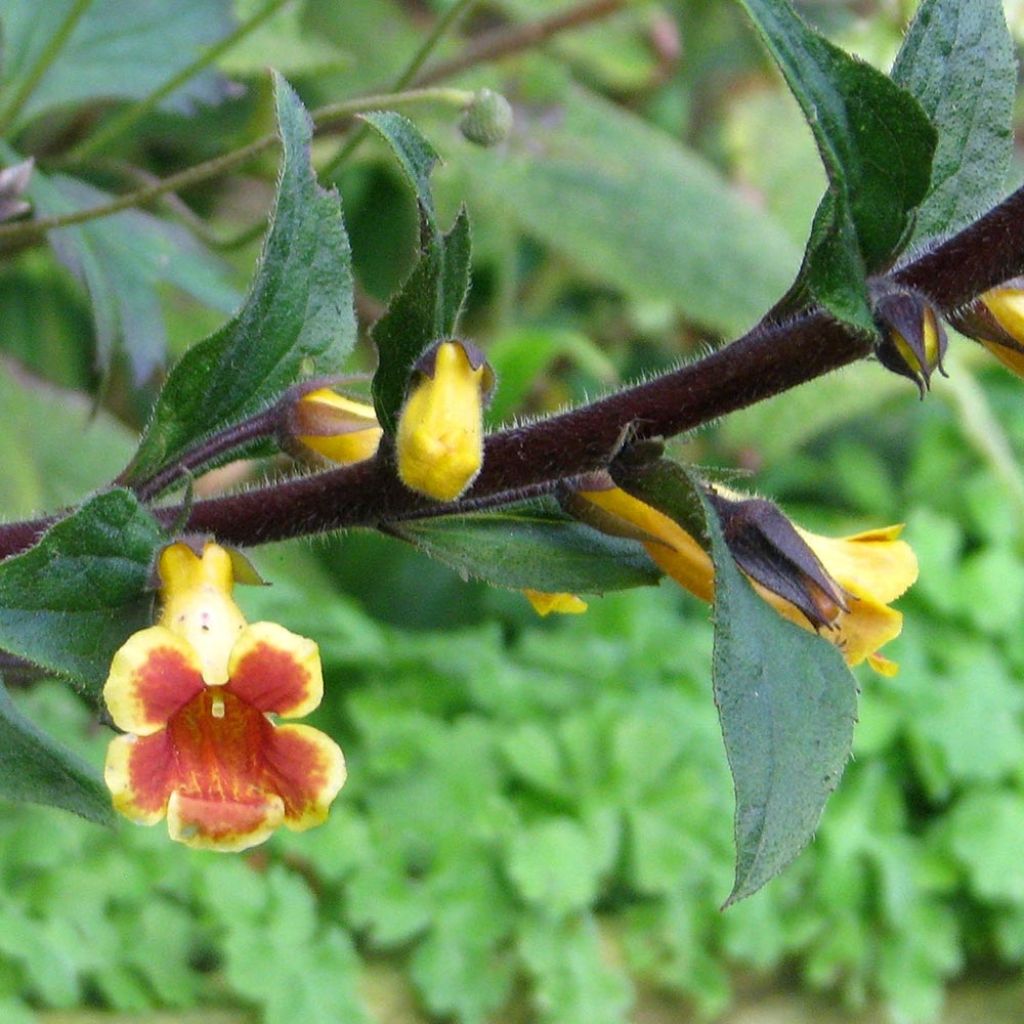

Titanotrichum oldhamii
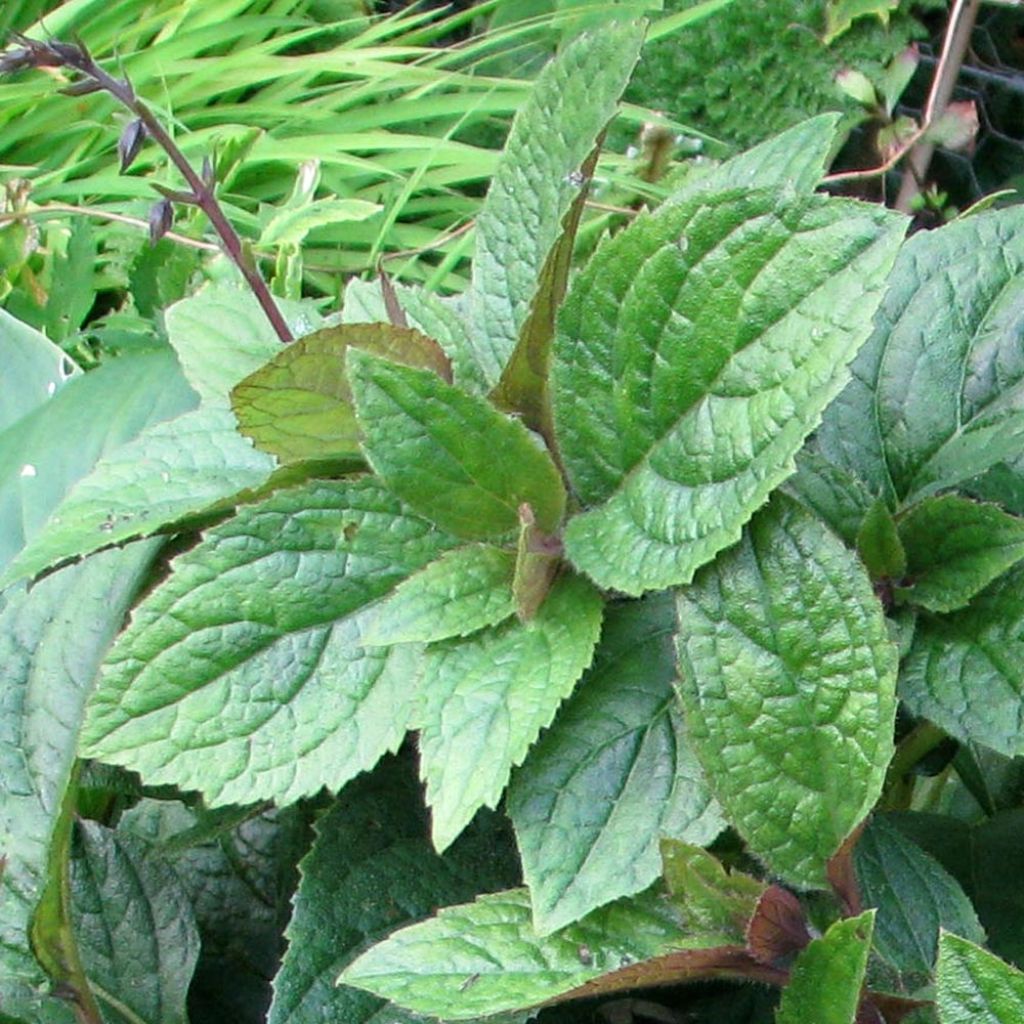

Titanotrichum oldhamii
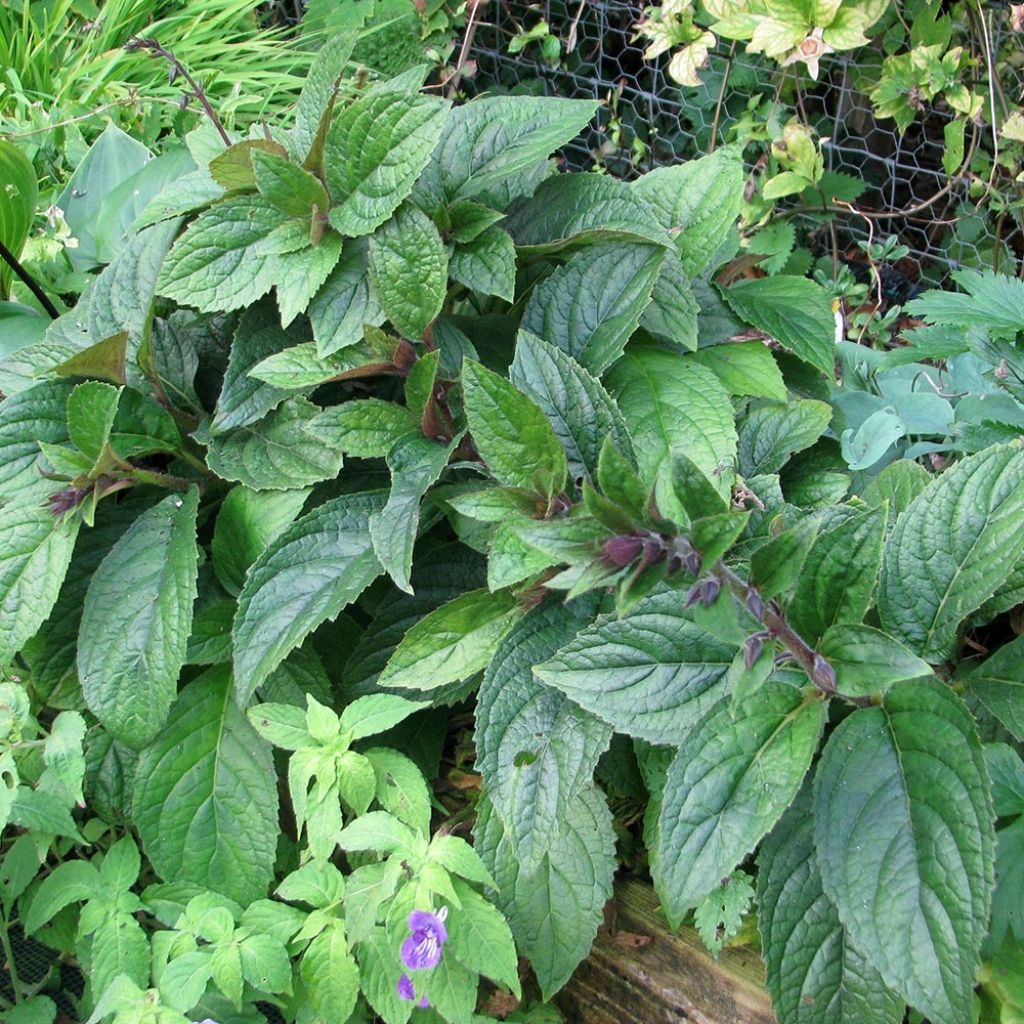

Titanotrichum oldhamii
Titanotrichum oldhamii
Titanotrichum oldhamii
Digitale chinoise, Digitale dorée d'Oldham
Planted in early April, the Titanotrichum oldhamii is thriving and clusters of flowers (10) are starting to bloom.
Pierre, 21/10/2022
This item cannot be shipped to the selected country
Delivery charge from €5.90
Delivery charge from €5.90
More information
Schedule delivery date,
and select date in basket
This plant carries a 12 months recovery warranty
More information
We guarantee the quality of our plants for a full growing cycle, and will replace at our expense any plant that fails to recover under normal climatic and planting conditions.
From €5.90 for pickup delivery and €6.90 for home delivery
Express home delivery from €8.90.
From €5.90 for pickup delivery and €6.90 for home delivery
Express home delivery from €8.90.
Does this plant fit my garden?
Set up your Plantfit profile →
Description
Titanotrichum oldhamii is a superb and rare perennial with an exotic appearance, whose large tubular flowers are bright yellow with a coppery centre and are borne in autumn above lush and thick, semi-evergreen foliage. It prefers not too dry undergrowth and is best suited for mild climates.
This intriguing species belongs to the Gesneriaceae family, is rather sub-tropical and therefore very poorly represented in Europe, apart from a few mountain plants (Ramonda, Haberlea). Titanotrichum grows on cliffs in Taiwan, China, and Japan. In our gardens, it will form a clump of large, ovate, bright green leaves with a slightly wavy edge, semi-evergreen in mild climates, reaching 30 to 40 cm (12 to 16in) in height and width. Between September and November, the plant produces tall upright stems of 50 cm (20in), bearing flowers resembling foxgloves. The pale yellow corolla is enhanced by a delicately decorated copper-red throat, which will intrigue visitors to your garden! Shade or partial shade is required to prevent the foliage from scorching in summer.
Given its origins, Titanotrichum appreciates a soft, humus-rich, and well-drained soil that is preferably moist. However, its distribution range in a sub-tropical climate implies relatively limited hardiness. In a protected position, it can tolerate -5 to -8°C (23 to 17.6°F), perhaps a little more - as its cultivation is fairly recent, knowledge on this point is still quite limited. The large underground rhizomatous stems allow the plant, when it is happy, to spread (and propagate easily) and form an interesting groundcover.
In regions with cold winters, it can also be grown in a pot, in a cold greenhouse, or on a sheltered patio.
Its exotic look encourages pairing it with plants that have the same effect, such as Scheffleras or Fuchsia regia for shrubs, and with Kirengeshoma, Begonia grandis, or Zingiber mioga for perennials. Many ferns like Adiantum pedatum, Cyrtomium, or Dryopteris wallichiana will complement this ambiance!
Report an error about the product description
Titanotrichum oldhamii in pictures
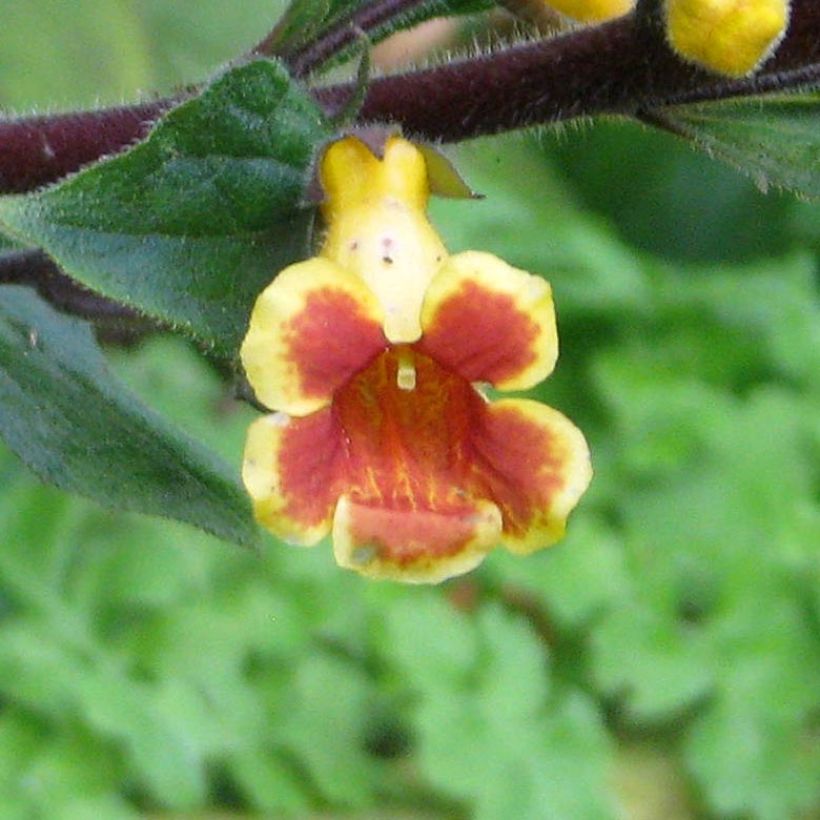

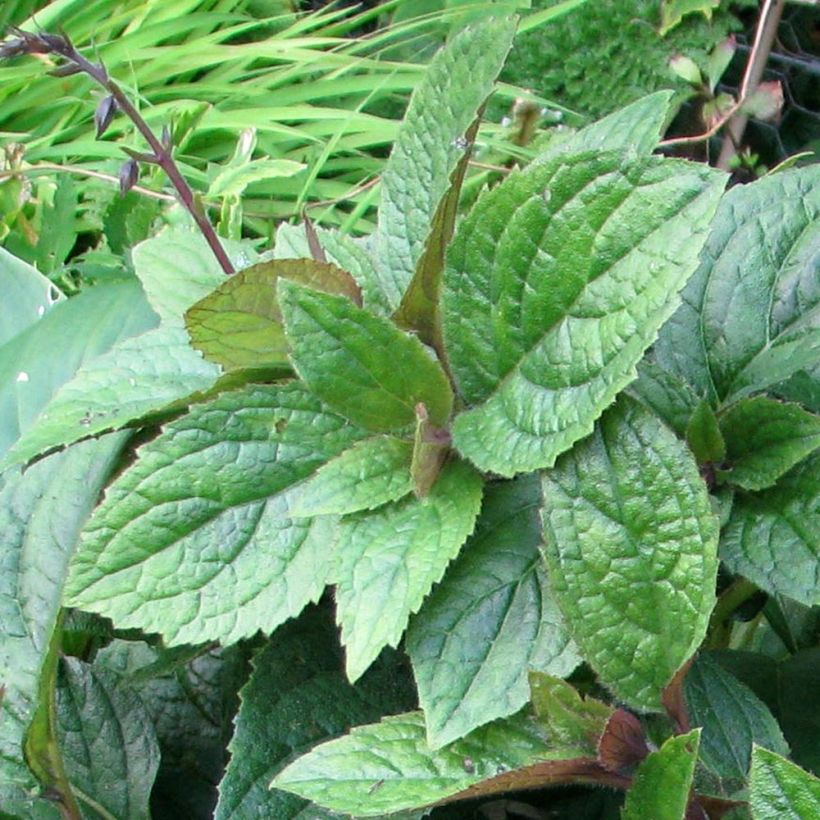

Flowering
Foliage
Plant habit
Botanical data
Titanotrichum
oldhamii
Gesneriaceae
Digitale chinoise, Digitale dorée d'Oldham
East Asia
Other Perennials A to Z
Planting and care
Originally from sub-tropical areas, the Titanotrichum requires a sheltered location and a perfectly drained humus-rich soil.
Planting period
Intended location
Care
-
, onOrder confirmed
Reply from on Promesse de fleurs
Summer flowering perennials
Haven't found what you were looking for?
Hardiness is the lowest winter temperature a plant can endure without suffering serious damage or even dying. However, hardiness is affected by location (a sheltered area, such as a patio), protection (winter cover) and soil type (hardiness is improved by well-drained soil).

Photo Sharing Terms & Conditions
In order to encourage gardeners to interact and share their experiences, Promesse de fleurs offers various media enabling content to be uploaded onto its Site - in particular via the ‘Photo sharing’ module.
The User agrees to refrain from:
- Posting any content that is illegal, prejudicial, insulting, racist, inciteful to hatred, revisionist, contrary to public decency, that infringes on privacy or on the privacy rights of third parties, in particular the publicity rights of persons and goods, intellectual property rights, or the right to privacy.
- Submitting content on behalf of a third party;
- Impersonate the identity of a third party and/or publish any personal information about a third party;
In general, the User undertakes to refrain from any unethical behaviour.
All Content (in particular text, comments, files, images, photos, videos, creative works, etc.), which may be subject to property or intellectual property rights, image or other private rights, shall remain the property of the User, subject to the limited rights granted by the terms of the licence granted by Promesse de fleurs as stated below. Users are at liberty to publish or not to publish such Content on the Site, notably via the ‘Photo Sharing’ facility, and accept that this Content shall be made public and freely accessible, notably on the Internet.
Users further acknowledge, undertake to have ,and guarantee that they hold all necessary rights and permissions to publish such material on the Site, in particular with regard to the legislation in force pertaining to any privacy, property, intellectual property, image, or contractual rights, or rights of any other nature. By publishing such Content on the Site, Users acknowledge accepting full liability as publishers of the Content within the meaning of the law, and grant Promesse de fleurs, free of charge, an inclusive, worldwide licence for the said Content for the entire duration of its publication, including all reproduction, representation, up/downloading, displaying, performing, transmission, and storage rights.
Users also grant permission for their name to be linked to the Content and accept that this link may not always be made available.
By engaging in posting material, Users consent to their Content becoming automatically accessible on the Internet, in particular on other sites and/or blogs and/or web pages of the Promesse de fleurs site, including in particular social pages and the Promesse de fleurs catalogue.
Users may secure the removal of entrusted content free of charge by issuing a simple request via our contact form.
The flowering period indicated on our website applies to countries and regions located in USDA zone 8 (France, the United Kingdom, Ireland, the Netherlands, etc.)
It will vary according to where you live:
- In zones 9 to 10 (Italy, Spain, Greece, etc.), flowering will occur about 2 to 4 weeks earlier.
- In zones 6 to 7 (Germany, Poland, Slovenia, and lower mountainous regions), flowering will be delayed by 2 to 3 weeks.
- In zone 5 (Central Europe, Scandinavia), blooming will be delayed by 3 to 5 weeks.
In temperate climates, pruning of spring-flowering shrubs (forsythia, spireas, etc.) should be done just after flowering.
Pruning of summer-flowering shrubs (Indian Lilac, Perovskia, etc.) can be done in winter or spring.
In cold regions as well as with frost-sensitive plants, avoid pruning too early when severe frosts may still occur.
The planting period indicated on our website applies to countries and regions located in USDA zone 8 (France, United Kingdom, Ireland, Netherlands).
It will vary according to where you live:
- In Mediterranean zones (Marseille, Madrid, Milan, etc.), autumn and winter are the best planting periods.
- In continental zones (Strasbourg, Munich, Vienna, etc.), delay planting by 2 to 3 weeks in spring and bring it forward by 2 to 4 weeks in autumn.
- In mountainous regions (the Alps, Pyrenees, Carpathians, etc.), it is best to plant in late spring (May-June) or late summer (August-September).
The harvesting period indicated on our website applies to countries and regions in USDA zone 8 (France, England, Ireland, the Netherlands).
In colder areas (Scandinavia, Poland, Austria...) fruit and vegetable harvests are likely to be delayed by 3-4 weeks.
In warmer areas (Italy, Spain, Greece, etc.), harvesting will probably take place earlier, depending on weather conditions.
The sowing periods indicated on our website apply to countries and regions within USDA Zone 8 (France, UK, Ireland, Netherlands).
In colder areas (Scandinavia, Poland, Austria...), delay any outdoor sowing by 3-4 weeks, or sow under glass.
In warmer climes (Italy, Spain, Greece, etc.), bring outdoor sowing forward by a few weeks.


































